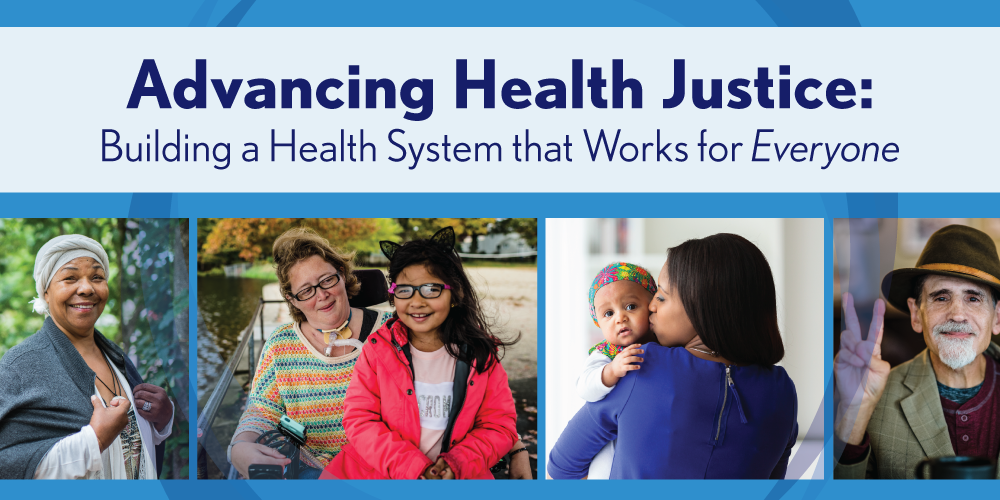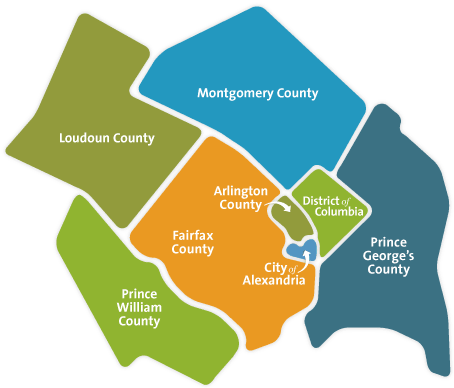Population health has become a focus for public health and many health systems. Improving population health is one of the key components of the Institute for Healthcare Improvement’s Triple Aim Initiative. According to David Kindig, population health is defined as the health outcomes of a group of individuals and includes the distribution of such outcomes within the group. Improving population health requires attention not only to improving the overall health of a population, but reducing disparities between groups within a population.
Life expectancy in the region is a prime example of the distinction between overall health outcomes and their distribution. Data for the metropolitan region’s population indicates that residents tend to live longer than the average American. However, life expectancies in the region varies widely depending upon where in the region one lives. The Robert Wood Johnson Foundation found life expectancies to vary by up to 7 years, depending upon where on the metro line one lives; and the Northern Virginia Health Foundation has documented that within Northern Virginia alone, the number of years an average newborn can expect to live varies by as many as 13 years. These disparities can be attributed to a number of health and socioeconomic factors, commonly referred to as social determinants of health (SDOH), including race, education, income, and neighborhood conditions, in addition to timely access to health care services.












